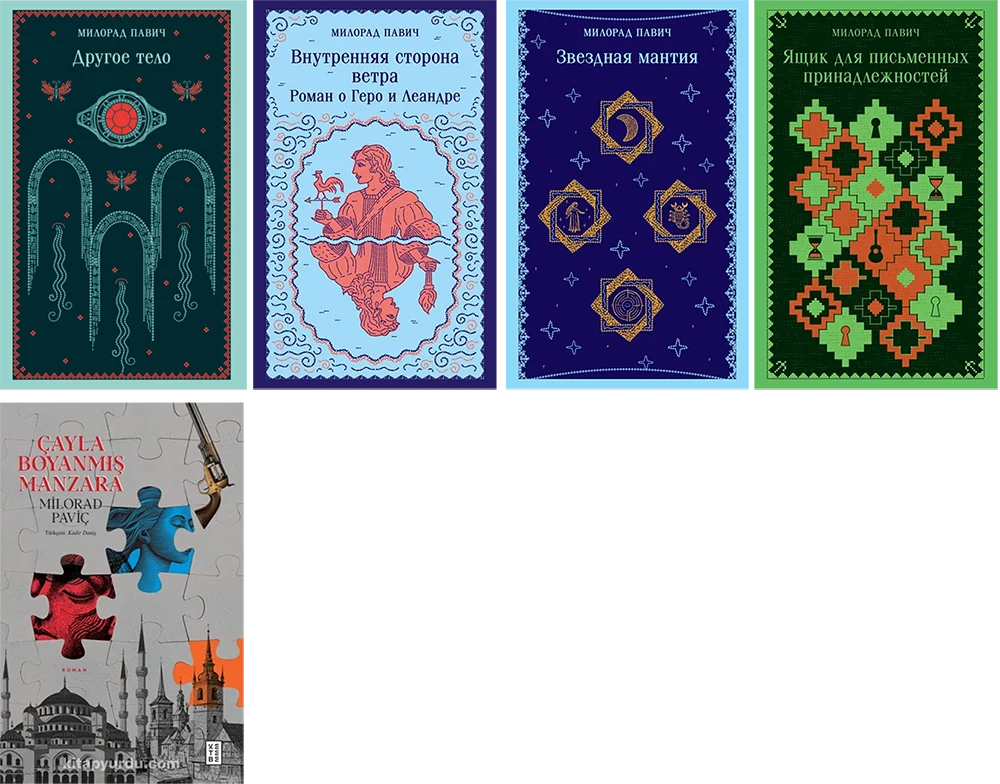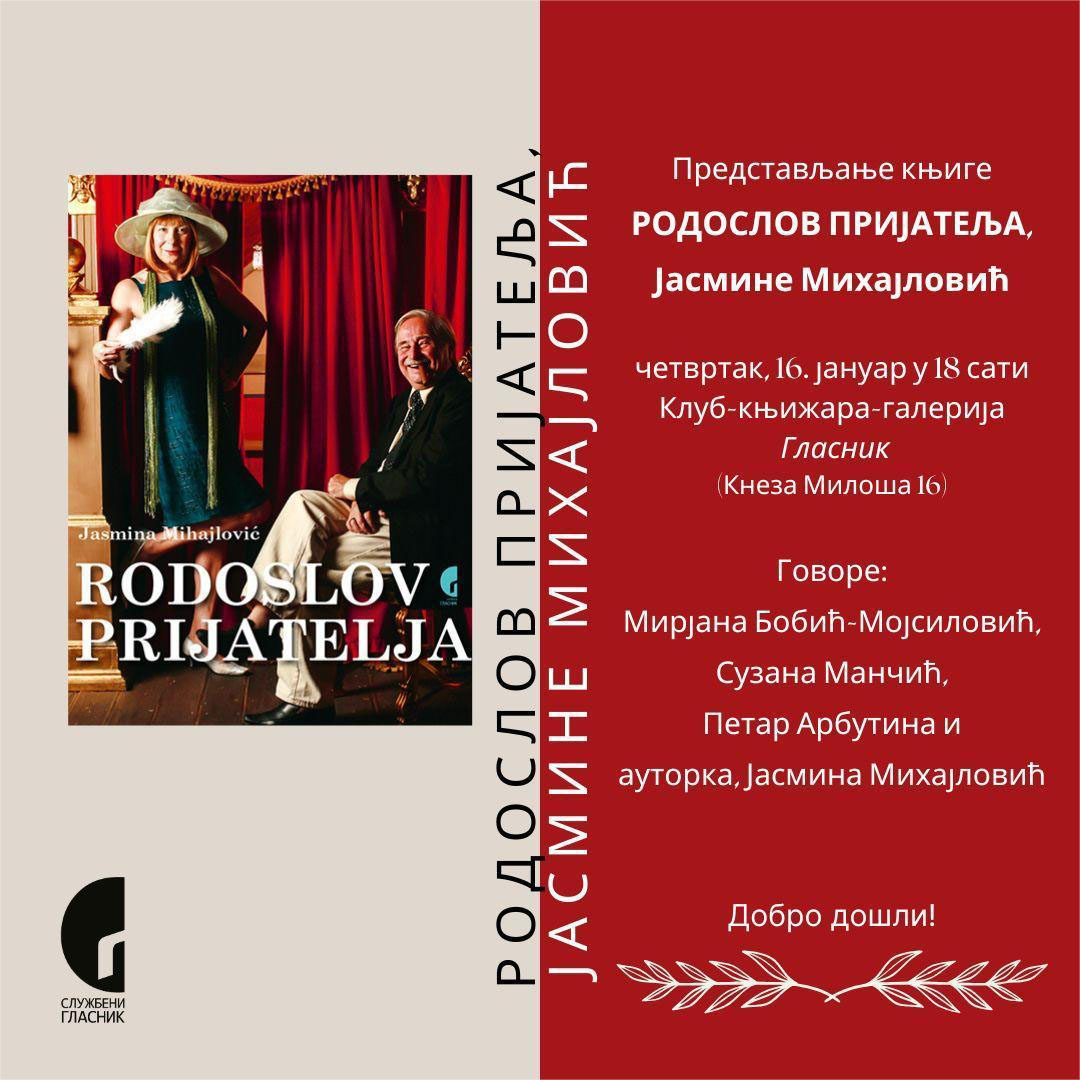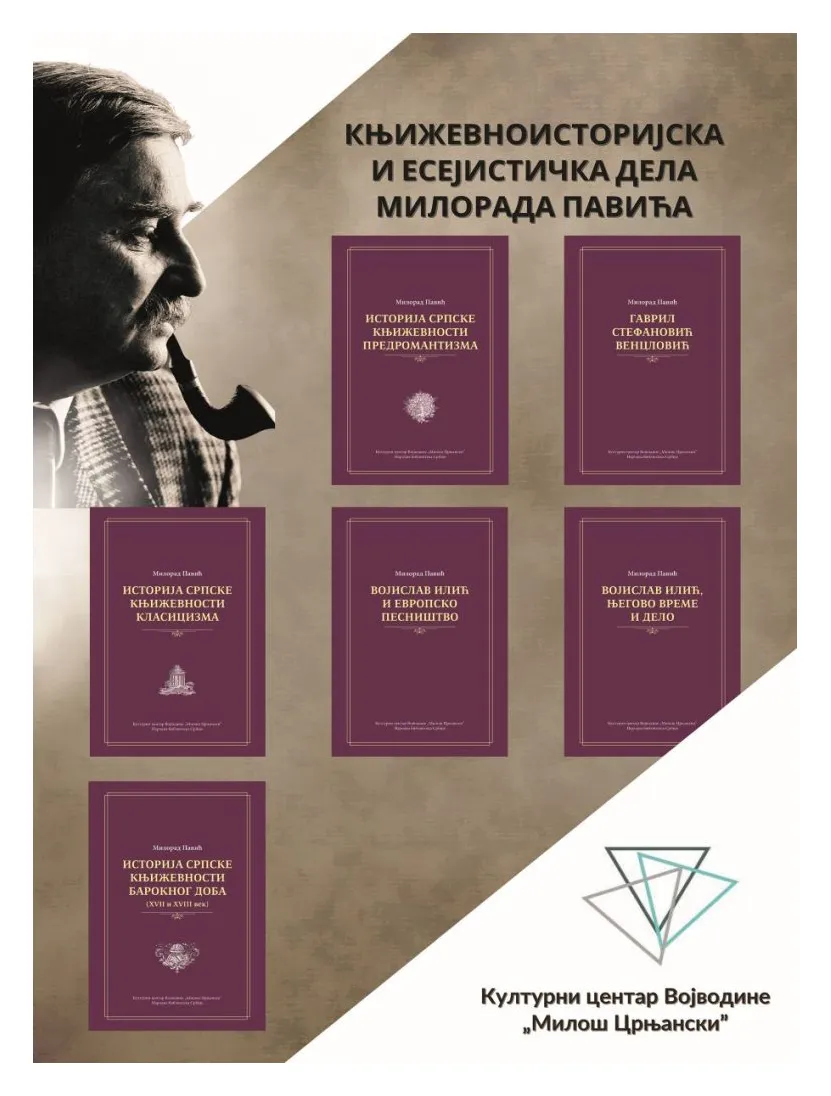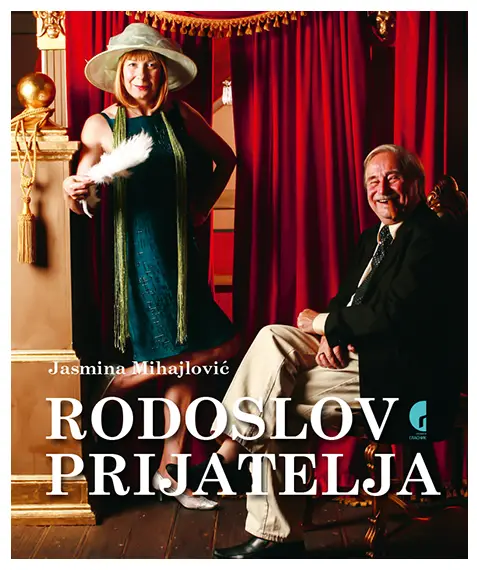Seven Deadly Sins
Original title: Sedam smrtnih grehova
Basic Book data
First edition: Belgrade, Plato, 2002, 151 pages.
-
Семь смертных грехов (Seven Deadly Sins)
Санкт-Петербург, Азбука, 2004, 2005, Санкт-Петербург, Амфора 2010, Санкт-Петербург, Пальмира 2017. -
Siete pecados capitales (Seven Deadly Sins)
Editorial Sexto Piso, Coyoacan, México, 2003, 2007. -
Siedem grzechow glownych (Seven Deadly Sins)
Warszawa, tCHu, 2007. -
შვიდი მომაკვდინებელი ცოდვა (Seven Deadly Sins)
Intelekti, Tbilisi, 2015. - Семь смертных грехов
Санкт-Петербург, Пальмира 2017.
Overview
There are two parallel plots in the latest collection of seven stories, Seven Mortal Sins, by Milorad Pavic, one of the most prominent and prolific Serbian authors: the real ones and the dreamed ones, the latter being predominant. The settings are in Belgrade, on the Sava River slope, and the street names and the numbers of the houses, where the events take place, are adduced.
*
By his new stories that have grown into a new collection Pavic has erected a veritable literary monument to the Belgrade slope of the Sava River (old part of Belgrade, editor’s note).
Milorad Pavić
The linked collection of stories Seven Mortal Sins has two peculiarities. The writer disappears from each of these stories, always in a different way. Also, each of them takes place in a specific building in old Belgrade, on the slope by the Sava River, so the subtitles contain the addresses of those buildings. These are villas dating back to the turning point between the past two centuries, which look better by night than by day, and which Jasmina and I like to pass on our evening walks. Around them spreads the city, on which I wrote a monograph entitled Short History of Belgrade.
Reviews
Nadežda Obradović, University of Belgrade
There are two parallel plots in the latest collection of seven stories, Seven Mortal Sins, by Milorad Pavic, one of the most prominent and prolific Serbian authors: the real ones and the dreamed ones, the latter being predominant. The settings are in Belgrade, on the Sava River slope, and the street names and the numbers of the houses, where the events take place, are adduced.
A peculiar feature of the stories is the appearance of several of Pavic's earlier characters as the heroes/heroines. Even more peculiar is the introduction of his majesty, the Reader. The reader of Pavic's other fiction turns up in a few stories from this collection. Many of the same elements recur in several selections--for example, the mirror with a hole, once a magic icon.
To invoke somehow his beloved, the protagonist of the story Tuniski beli kavez u vidu pagode (The Tunisian pagoda-shaped white cage) imagines in his dreamless nights the ideal home for his dear J. M. He selects a nice old house on the Sava River slope and imagines how he would furnish it, room by room, so that J. M.'s idiosyncrasies can be fully expressed. Much to his surprise, however, he is charged with making the interior decoration of the very house he has furnished in his imagination, in his dreamland. Then yet another unexpected development awaits him: all the arrangements previously made in the house, to the very detail, follow his dream; there is even his Tunisian cage in a corner, but also his beloved. Nevertheless, disappointment awaits him. J. M. tells him that the house and everything else, including the two of them, are just the characters in a computer play being read by the real J. M.
Čarobni kladenac (A Magic Well) deals with an unfinished portion of a painting of the mother of God, depicted on a mirror, supposedly "a life source of well-being." The hero makes the painting in a strange house of "white-haired people" and, like the other tenants there, falls in love with the white-haired queen. Despite his feelings toward her, however, he refuses to make love to her in front of the magic icon and leaves the place.
Žitije (Hagiography) is a very strange, science-fiction-like story. The heroine wants to become pregnant and approaches a special agency. The nonhuman species semen, called Plasma L, is to go through four men and a woman at a precisely calculated time determined by the stars. Another strange thing: the mother will start looking like the child, not vice versa--that is, she will have three irises: "One iris sees time, the second eternity, and the third iris sees around the corner."
Lovci na snove (The Dream Hunters) is a first-person narrative in which the protagonist receives two letters inviting him to two neighboring houses. There the narrator--the author--meets his heroes and heroines, whom he had killed off in his various books, waiting to vindicate themselves. Since dead people cannot see those alive, he tries to escape.
In the story Soba izgubljenih koraka (The Room of the Lost Steps), an idle group of people wishing to amuse themselves wants to get acquainted with some reader. He, indeed, turns up, impregnates Lena, a character of the story, and disappears.
The most impressive selection is Čaj za dvoje (Tea for Two). The author himself addresses the reader, supplies her/him with advice on how to become a protagonist of his story, provided that he/she can accomplish specific tasks. Two years after publication of the story, a young man, a random passerby, finds an earring, one of the preconditions of entering into the story, and so the story starts unfolding.
Ogledalo s rupom (The Mirror with a Hole) captivates the lazy reader who did not finish the story he had commenced reading. So he must first finish Pushkin's Snowstorm and then be set free.
Pavic's abundant fantasy, imagination, rich resourcefulness, peculiar combinations, and, above all, his style reach here their full expression. It is no wonder that we are indebted to Pavic for what might be the first multimedia novel in the world, Dictionary of the Khazars.
*
Nikolay Aleksandrov, literary critic for the “Echo of Moscow” http://echo.msk.ru/programs/books/709301-echo/
SevenMortal Sins - a novel by Milorad Pavic. This edition of the famous Serbian writer in a dust jacket, with a reproduction of Hieronymus Bosch on the cover, was printed by the St. Petersburg publishing house "Amphora". Another reason to talk about Pavic, now an unconditional classic. Everything that Pavic is famous for: compelling descriptions, flight of fancy, allusions, quotes and self-quotes, dreams a reality in which literary reality is inscribed, the fragmentation of the narrative (seven short stories combined into one novel, short stories strangely connected) - all of this is in the SevenSins. On the whole, the novel - a free fantasy, was inspired by the Hieronymus Bosch painting (but with the addition of Marc Chagall and Dante) or the seven deadly sins - from adultery to wrath. Each of the seven short stories is not so much an illustration as a variation on the theme. However, the motto of each can be the single phrase: "No one laughs at my dreams."
Readers reviews
-
Milorad Pavic never ceases to amaze. His structures are the most wild and immersive, yet as readers we can not ignore the moment of creation of the story. And for a moment, we can feel how the writer builds around you, to me, at that time we read the book, even without knowing.
-
It is said that Milorad Pavic is the leading exponent of literature called absolute. I do not know what the term means and the truth is that right now I do not mind in the least. I just know that Pavić is absolutely charming, the most original and delightful writer I've ever read. Yes, as it sounds. And tomorrow I will not regret having written this review at three-thirty in the morning and hot, let stand without reading, because sometimes you have to be so reckless to make justice.
Pavić and I began our relationship a few years ago due to chance and tea, can there be a better combination? I remember Landscape painted with tea ended up with a lump in the throat, feeling strangely happy. Well that happiness is what I have now recovered this little volume. -
Yet I must say that in this story there are no heroes, the only heroes here are you, the readers.








